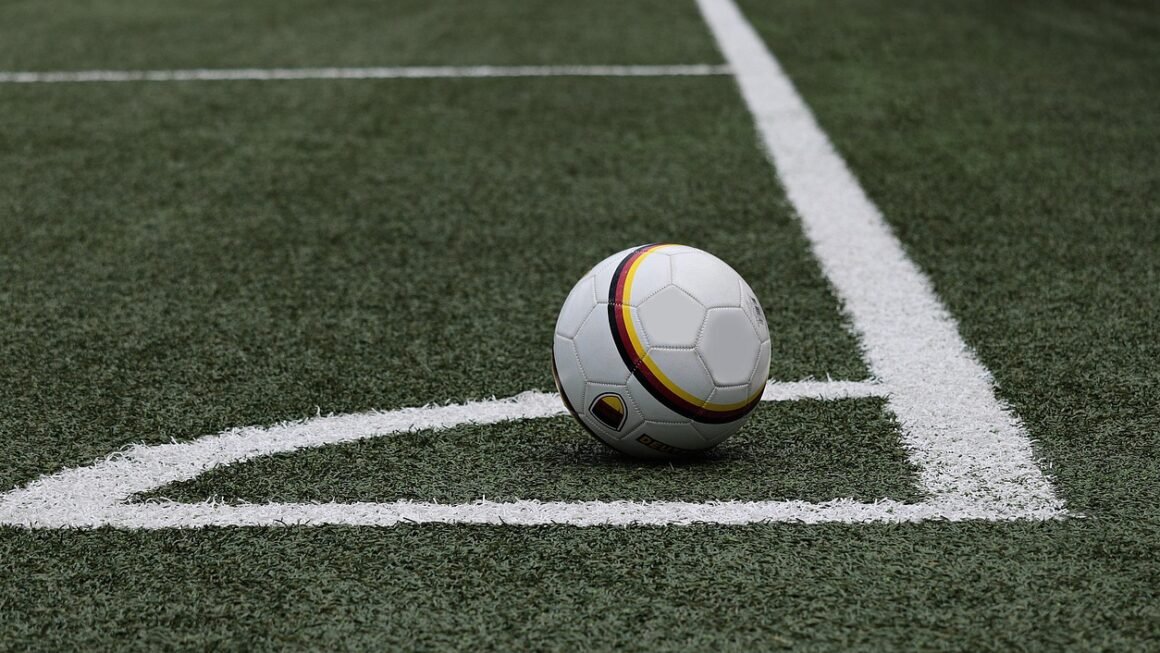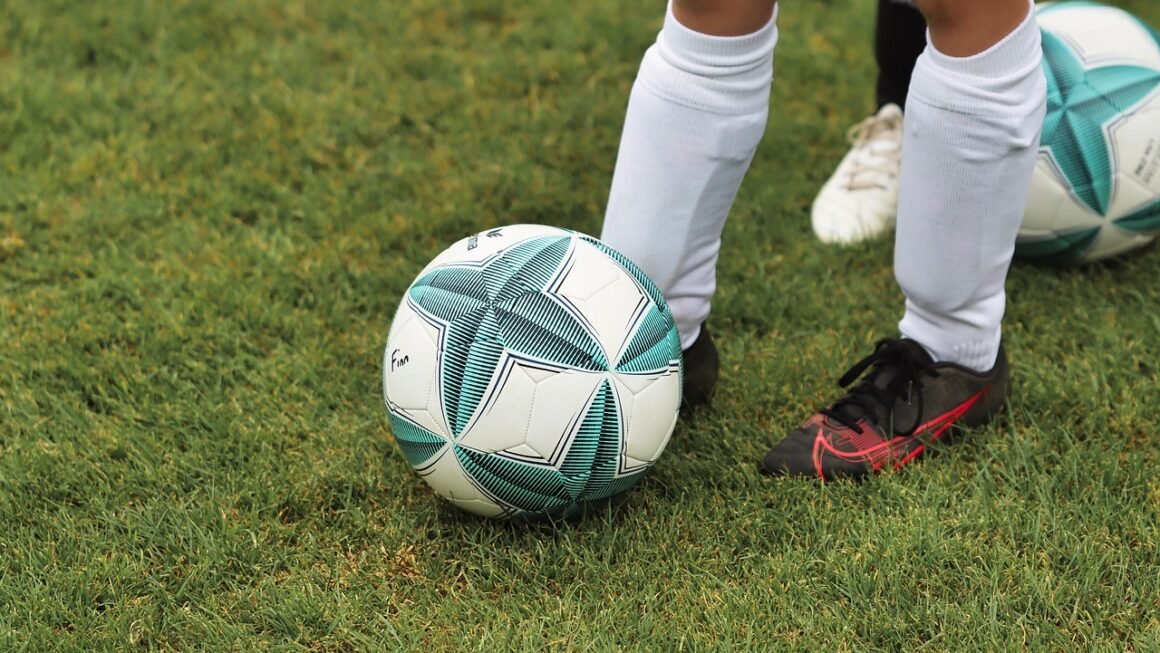Gymnastics: a sport that blends artistry, athleticism, and unwavering dedication. From the grace of a balance beam routine to the explosive power of a vault, gymnastics captivates audiences worldwide. But beyond the spectacle lies a discipline that fosters strength, flexibility, and mental fortitude. This blog post will explore the multifaceted world of gymnastics, examining its various disciplines, physical and mental benefits, and how to get involved in this challenging and rewarding sport.
The Disciplines of Gymnastics
Gymnastics encompasses several distinct disciplines, each demanding unique skills and abilities. Understanding these variations can deepen your appreciation for the sport’s complexity.
Artistic Gymnastics
Artistic gymnastics is perhaps the most well-known discipline, featuring both men’s and women’s events.
- Women’s Artistic Gymnastics (WAG): Includes the vault, uneven bars, balance beam, and floor exercise.
Vault: Gymnasts sprint down a runway, launch onto a springboard, and perform aerial maneuvers off the vaulting table. Scoring is based on difficulty, execution, and landing. For example, a Yurchenko double full is a common, high-scoring vault.
Uneven Bars: Gymnasts swing, release, and re-catch the bars at varying heights. Routines require strength, flexibility, and impeccable timing. Common skills include handstand releases and pirouettes.
Balance Beam: A narrow, elevated beam tests balance, precision, and grace. Routines typically involve leaps, turns, acrobatic skills, and dismounts. Gymnasts strive for clean execution and minimal wobbles. The beam is only 4 inches wide!
Floor Exercise: Gymnasts perform a choreographed routine on a sprung floor, incorporating acrobatic passes, leaps, dance elements, and artistry. Music accompanies the performance, adding to the overall presentation.
- Men’s Artistic Gymnastics (MAG): Includes the floor exercise, pommel horse, rings, vault, parallel bars, and horizontal bar (high bar).
Floor Exercise: Similar to WAG, but emphasizes strength and power alongside acrobatic skill.
Pommel Horse: Requires continuous circular motions and handstands on the horse. This event demands exceptional balance and coordination.
Rings: Gymnasts perform static holds, swings, and dismounts on suspended rings, showcasing upper body strength and control.
Vault: Similar to WAG, but often involves more powerful and complex vaults.
Parallel Bars: Gymnasts swing, balance, and perform handstand variations on two parallel bars.
Horizontal Bar (High Bar): Features spectacular release moves, giant swings, and dismounts.
Rhythmic Gymnastics
Rhythmic gymnastics is a women-only discipline that combines gymnastics with dance and the manipulation of various apparatus.
- Apparatus: Gymnasts use ribbons, hoops, balls, clubs, and ropes to create visually stunning routines.
- Emphasis: This discipline emphasizes flexibility, coordination, artistry, and musicality. Routines are performed to music and judged on difficulty, execution, and artistic impression. A common move is to toss the ribbon high in the air while doing a split jump, then catch it.
- Team vs. Individual: Rhythmic gymnastics can be performed individually or in groups, with routines synchronized to create a cohesive and captivating performance.
Trampoline Gymnastics
Trampoline gymnastics involves performing acrobatic skills on a trampoline.
- Individual Trampoline: Gymnasts perform a series of ten skills in a routine, judged on difficulty, form, and time of flight.
- Synchronized Trampoline: Two gymnasts perform identical routines simultaneously on separate trampolines. This discipline requires exceptional coordination and timing.
- Double Mini-Trampoline: Gymnasts perform two skills in a row on a smaller trampoline, followed by a dismount. This requires great power and control.
Acrobatic Gymnastics
Acrobatic gymnastics involves teams of gymnasts performing routines that combine acrobatics, dance, and balancing skills.
- Partnerships: Routines feature balances, throws, and catches performed by partners or groups of three or four gymnasts.
- Types of Teams: Possible team combinations are female pair, male pair, mixed pair, female group (3 gymnasts) and male group (4 gymnasts).
- Showmanship: Acrobatic gymnastics places a high emphasis on artistry and showmanship.
Benefits of Gymnastics
Gymnastics offers a wealth of physical and mental benefits for participants of all ages and skill levels.
Physical Benefits
Gymnastics is a full-body workout that develops a wide range of physical attributes.
- Strength: Gymnastics builds significant upper body, core, and lower body strength. For instance, holding a planche requires incredible strength.
- Flexibility: Regular stretching and gymnastics skills enhance flexibility, improving range of motion and reducing the risk of injury. Examples are front splits and back bends.
- Coordination: Gymnastics requires precise body control and coordination, improving overall motor skills. Performing a cartwheel successfully demonstrates coordination.
- Balance: Balance beam routines and other gymnastics skills enhance balance and proprioception.
- Cardiovascular Health: While not strictly an endurance sport, gymnastics training improves cardiovascular fitness through dynamic movements and conditioning drills.
- Body Awareness: Gymnastics is beneficial in improving spacial awareness and understanding one’s body in relation to external surroundings.
Mental Benefits
Beyond the physical advantages, gymnastics also fosters important mental skills.
- Discipline: Gymnastics training demands dedication, focus, and perseverance.
- Mental Toughness: Overcoming challenges and pushing through discomfort builds mental resilience.
- Confidence: Mastering new skills and achieving goals boosts self-esteem and confidence.
- Focus: Gymnastics requires intense concentration and focus, improving attention span.
- Goal Setting: Gymnasts learn to set realistic goals and work towards achieving them.
- Fear Management: Gymnasts must learn to control their fear in order to safely perform complex and challenging skills.
Getting Started in Gymnastics
If you’re interested in trying gymnastics, here are some tips for getting started.
Finding a Gymnastics Program
- Research local gyms: Look for reputable gymnastics facilities with qualified coaches and safe equipment. Check reviews and ask for recommendations.
- Consider your age and skill level: Many gyms offer programs for all ages and abilities, from introductory classes to competitive teams.
- Visit the gym: Take a tour of the facility and meet the coaches. Observe a class to see if the environment is a good fit.
- Start with recreational classes: Recreational classes provide a fun and supportive environment to learn basic gymnastics skills.
- Competitive gymnastics: This path requires more dedicated time, effort, and skill for competitions and advanced skill training.
Essential Gymnastics Equipment
- Gymnastics Grips: Protect hands and improve grip on the bars.
- Leotard: A comfortable and functional garment for training.
- Gymnastics Shoes: Lightweight shoes designed for floor exercise.
- Wrist Supports: Provide support and stability for the wrists.
- Ankle Supports: Stabilize the ankles and prevent injuries.
- Proper Clothing: For introductory classes, comfortable athletic wear is usually sufficient.
Safety Considerations
Safety is paramount in gymnastics. Always follow these guidelines:
- Warm-up properly: Prepare your body for activity with dynamic stretching and light cardio.
- Listen to your coach: Follow instructions and advice from qualified coaches.
- Use proper spotting techniques: Have a coach or experienced gymnast spot you when learning new skills.
- Progress gradually: Avoid rushing into advanced skills before mastering the basics.
- Stay hydrated: Drink plenty of water to stay hydrated, especially during long training sessions.
- Ensure Proper Equipment: The equipment used must be in top working condition to prevent risk of injury or accident.
Gymnastics Around the World
Gymnastics is an international sport with a rich history and global presence.
International Governing Body
The Fédération Internationale de Gymnastique (FIG) is the international governing body for gymnastics, overseeing competitions and setting rules.
- FIG Role: FIG oversees all seven gymnastics disciplines: Men’s Artistic, Women’s Artistic, Rhythmic, Trampoline, Acrobatic, Aerobic, and Parkour.
- Global Events: FIG organizes prestigious events such as the World Championships and the Olympic Games.
Prominent Gymnastics Nations
Several countries have a strong tradition in gymnastics and consistently produce top athletes.
- United States: The United States has emerged as a dominant force in women’s gymnastics, producing world-class athletes like Simone Biles.
- Russia: Russia has a long and storied history in gymnastics, particularly in rhythmic gymnastics and men’s artistic gymnastics.
- China: China has become a powerhouse in both men’s and women’s artistic gymnastics, known for its precision and discipline.
- Romania: Romania has a rich tradition in women’s gymnastics, producing legendary athletes like Nadia Comaneci.
- Japan: Japan is strong in men’s gymnastics and has seen a more recent rise in the female division, focusing on precision and intricate technical work.
Conclusion
Gymnastics is a demanding yet rewarding sport that offers a multitude of physical and mental benefits. Whether you aspire to compete at the highest level or simply enjoy the challenge and camaraderie of recreational classes, gymnastics can be a transformative experience. By understanding the different disciplines, embracing the training process, and prioritizing safety, you can unlock the incredible potential that gymnastics has to offer. So, take the leap and discover the world of gymnastics – a journey of strength, grace, and unwavering determination.



